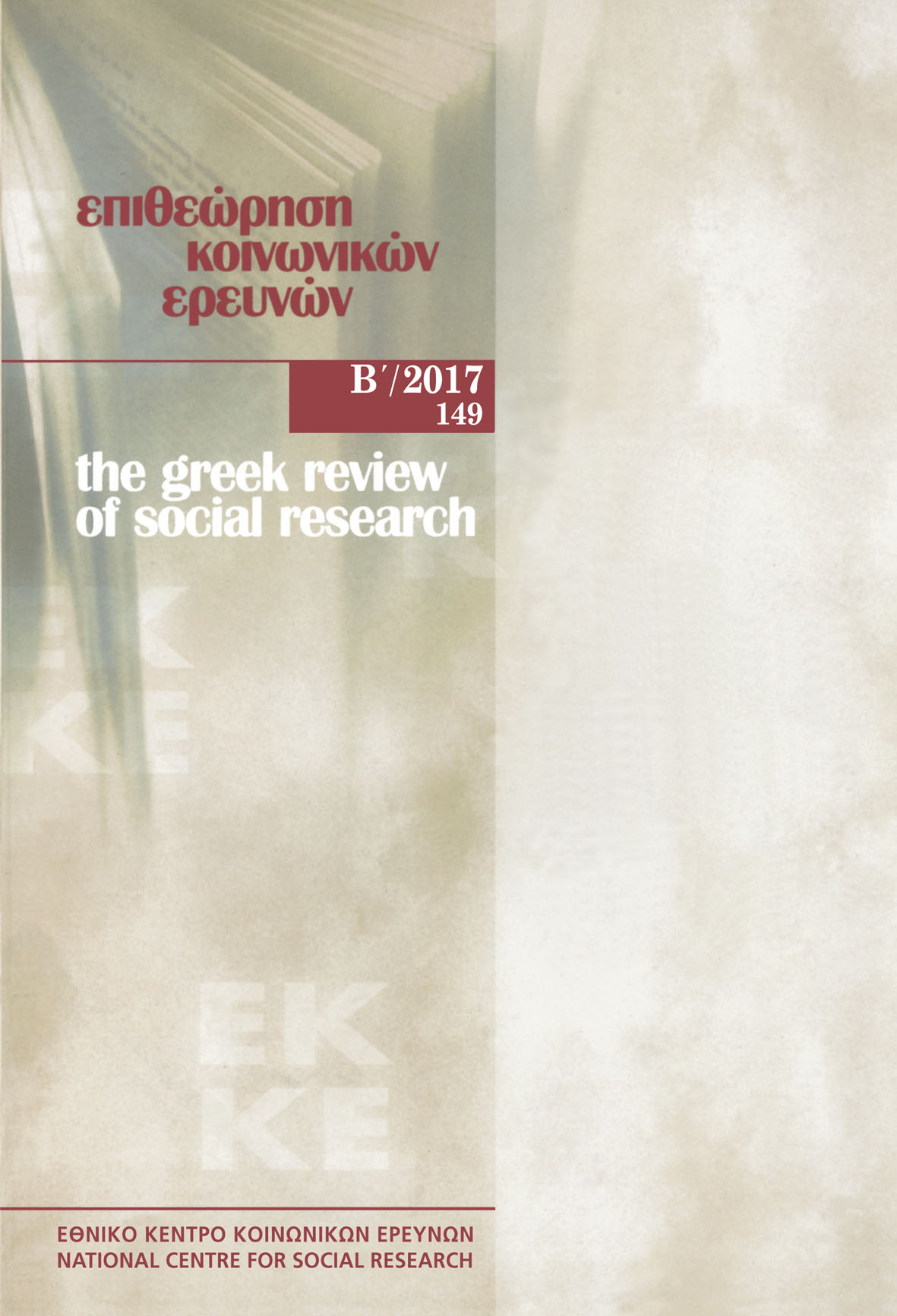Understanding Los Angeles street art: Between social mobilization and urbanites awareness

Abstract
Ever since Los Angeles was annexed to the rest of the United States in 1848, the city’s publicists, better known as boosters, have fashioned a fantasized version of this newly acquired space that has impacted its very identity up until today. The dreamed Los Angeles was created in order to sell an ideal and, off course, land parcels. This mechanism was supported by a local neo-liberal government that chose to let the city’s Chamber of Commerce decide which course to take. This article aims at showing the impact that the dreamed Los Angeles had on the effective urban area and its inhabitants, and how this fantasized dimension of the city became the cornerstone that enabled its unparalleled development.It also seeks out to investigate how social mobilization is adjusting to this new urban order that oscillates constantly between two sets of rules, one made of illusions, the other made of uncompromising truths. Angelenos are thus exploring new ways to regain some humanness in a territory that seems to apprehend its inhabitants merely as socio-economic statistics. Social mobilization in Los Angeles is thus forced to take into account this fictionalized habit and fictionalizing process of the city to produce new ways of escaping it in order to exist outside of it, in a reality that concurs with their everyday Los Angeles. One particular practice that has gradually benefited from more and more visibility in the city since the beginning of the xxistcentury, is doing just that: Street Art. This highly visual and visible practice is becoming, in Los Angeles, a social enactment that tends to reconceptualize social values as well as socializing practices.
Article Details
- How to Cite
-
Joseph, C. (2018). Understanding Los Angeles street art: Between social mobilization and urbanites awareness. The Greek Review of Social Research, 149, 17–40. https://doi.org/10.12681/grsr.15812
- Section
- Articles

This work is licensed under a Creative Commons Attribution-NonCommercial 4.0 International License.
Authors who publish with this journal agree to the following terms:
- Authors retain copyright and grant the journal right of first publication with the work simultaneously licensed under a Creative Commons Attribution Non-Commercial License that allows others to share the work with an acknowledgement of the work's authorship and initial publication in this journal.
- Authors are able to enter into separate, additional contractual arrangements for the non-exclusive distribution of the journal's published version of the work (e.g. post it to an institutional repository or publish it in a book), with an acknowledgement of its initial publication in this journal.
- Authors are permitted and encouraged to post their work online (preferably in institutional repositories or on their website) prior to and during the submission process, as it can lead to productive exchanges, as well as earlier and greater citation of published work (See The Effect of Open Access).


